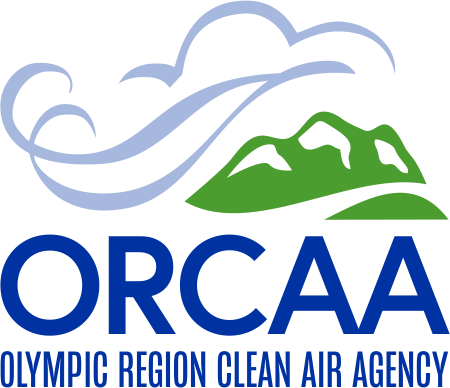(Published by EPA)
The Environmental Protection Agency (EPA) is continuing to help communities monitor air quality during wildfires to protect the public from the health risks of smoke exposure. As part of this effort, EPA launched the Wildfire Smoke Air Monitoring Response Technology (WSMART) Pilot in 2021 to quickly get air quality information into the hands of air quality and public health officials during wildfires. Through the WSMART program, EPA loans air monitoring technologies to federal, state, local, and Tribal air quality professionals to support supplemental air monitoring in areas that experience wildfire smoke and with observational data coverage gaps.
“Wildfire smoke impacts are often very dynamic and affect rural communities without a nearby air monitoring station,”
Bryan Hubbell, National Program Director of EPA’s Air, Climate, and Energy Research Program
The types of air monitoring equipment EPA uses in this program include commercially available air sensor technologies and an EPA-developed mobile air monitoring system that enables an individual to map air quality while driving. These systems can be used to quickly provide supplemental data and enhance air quality information during wildfires, supporting firefighting personnel and smoke-impacted communities.
EPA is continuing to help communities monitor air quality during wildfires to protect the public from the health risks of smoke exposure. As part of this effort, EPA launched the Wildfire Smoke Air Monitoring Response Technology (WSMART) Pilot in 2021 to quickly get air quality information into the hands of air quality and public health officials during wildfires. Through the WSMART program, EPA loans air monitoring technologies to federal, state, local, and Tribal air quality professionals to support supplemental air monitoring in areas that experience wildfire smoke and with observational data coverage gaps.
“Wildfire smoke impacts are often very dynamic and affect rural communities without a nearby air monitoring station,” said Bryan Hubbell, National Program Director of EPA’s Air, Climate, and Energy Research Program. “With over fifty loan recipients since it began, this program helps address the data gaps and put air quality agencies in a better position to assess smoke conditions and protect public health. We think it is very important to be able to provide on-the-ground air monitoring support for firefighting personnel to help protect them from hazardous air quality conditions in terrain that is hard to model.”
